
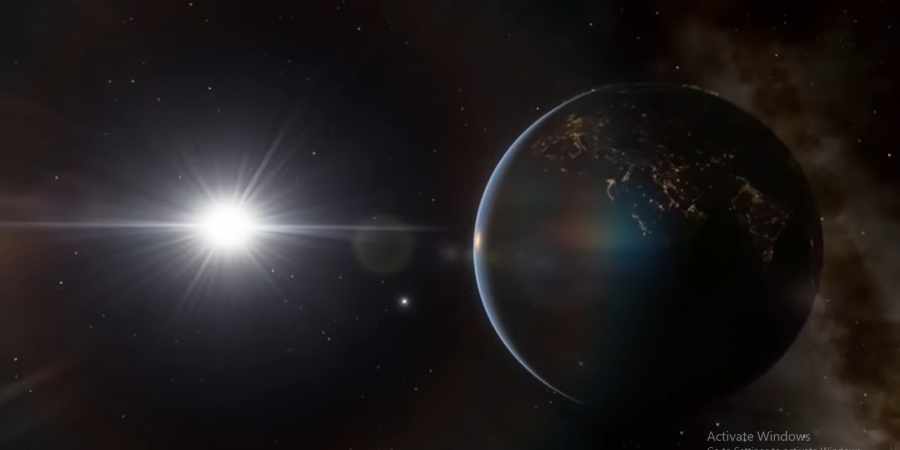
What would you see if you looked up at the sky right now? The scenery would obviously change depending on the weather and the time of day, but it would still resemble the sky most days with clouds, the sun, the moon, and stars.
Every person on the planet is aware of and understands all of this, but if we were to leave our home planet and end up somewhere else, the sky would change right away. The Sun would still be shining, but you might not be able to recognize it. Because this is so difficult to believe, I advise you to check everything out for yourself using scientific evidence.
Mercury
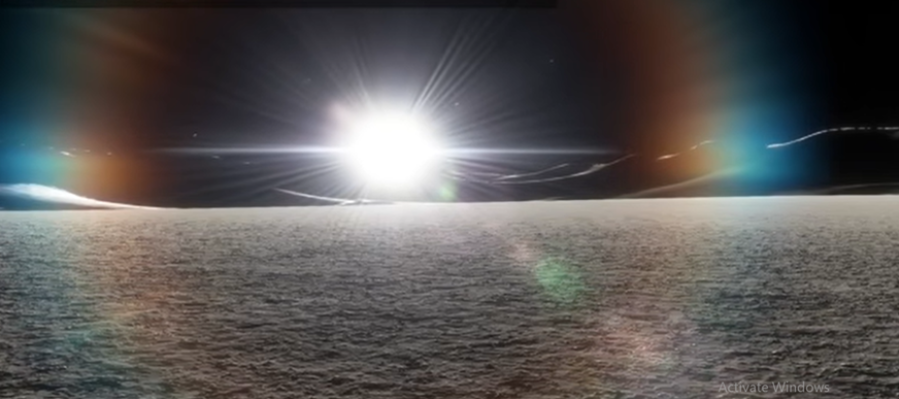
Mercury is the planet that is closest to the sun, therefore its sunrise is three times bigger and brighter than ours. It is 69.375 million kilometers away from the sun. Mercury has a thin exosphere in place of an atmosphere. The sun therefore seems considerably brighter there.
Venus
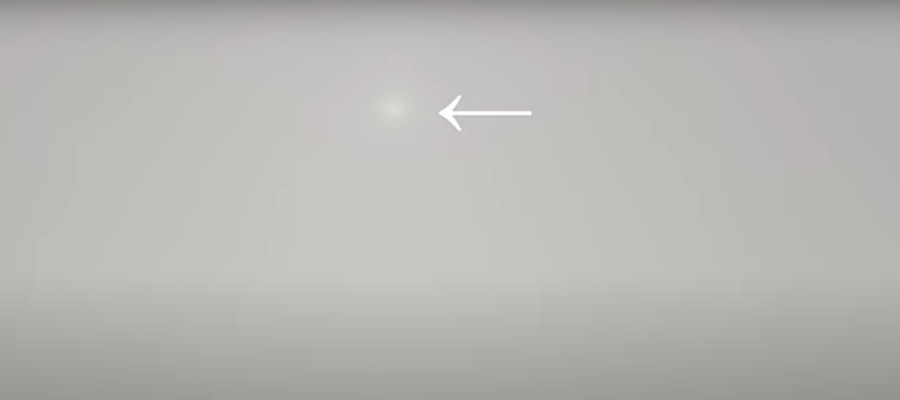

On Venus, the sun rises just once every 117 days, making sunrises a rare sight. The sun appears as a little, light-colored point in the sky because of the dense clouds that cover this planet. Venus and the sun are separated by 107.52 million kilometers. Due to its unique rotation, the sky has an orange hue similar to Fanta.
Earth
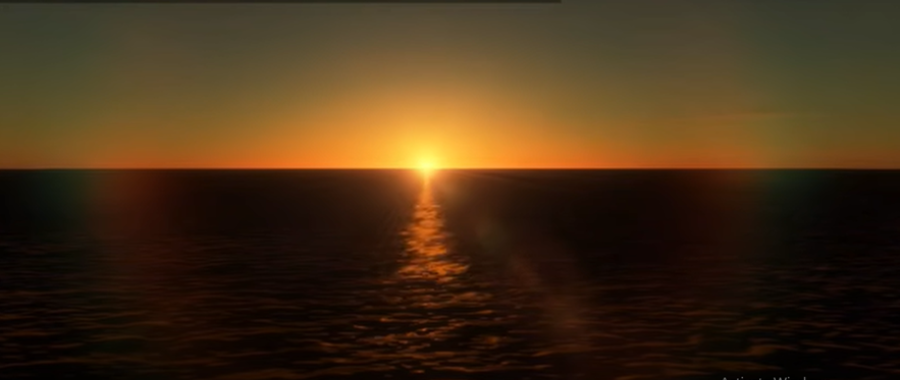
The sun and the earth are separated by 149.52 million kilometers. A phenomenon known as scattering molecules in the atmosphere shift the direction of light beams, which produces the colors of the dawn or sunset.
Mars
Approximately 230 million kilometers separate Mars from the sun. In contrast to our understanding of other planets, humanity has a lot of actual evidence of what Mars looks like. Images of Martian sunsets and sunrises show that here the Sun appears to be only two-thirds the size of what we're accusing it of being.

The red planet also has periodic dust storms and is quite cold, which may explain why it is too far from the sun to properly warm up.
Jupiter
We won't attempt to land on Jupiter's surface because it is a gas giant; instead, I suggest viewing the sun from nearby Europa. Europa, the moon of Jupiter, is frequently referred to as one of the smoothest objects in the solar system because it primarily consists of silicate rocks covered in ice and has almost no craters.
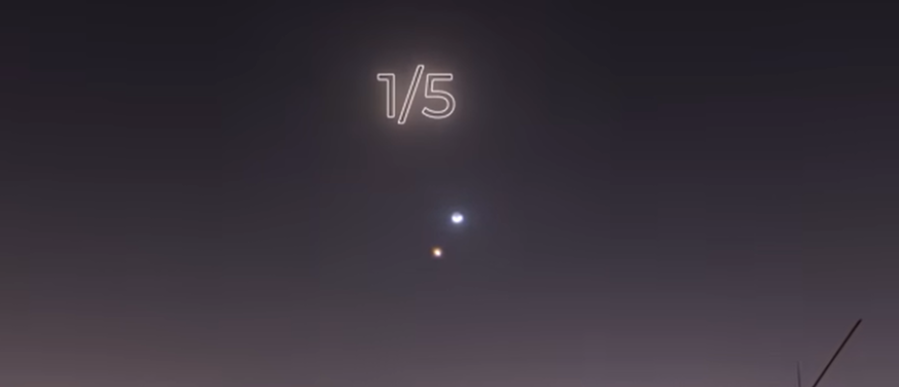
Europa is situated approximately 700 78 million kilometers from the sun and appears to be about one-fifth the size of our full moon from that distance. In addition, Jupiter occasionally completely blocks the sun.
Saturn
This is situated at a distance of 1 billion 400 million km from the sun, which is nine and a half times greater than the distance between the sun and the Earth. It is therefore not surprising that it is quite cool here; the temperature in the upper layers ranges from minus 113 to minus 173 Celsius.
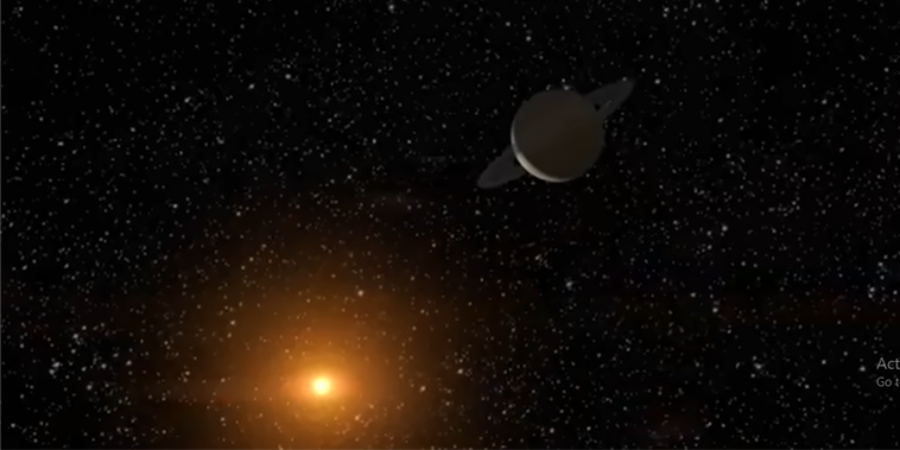
However, the ammonia ice clouds and the enormous Saturnian rings would make this spectacle fantastic.
Uranus
It's better to move to Uranus Moon Ariel because it is nearly three billion kilometers away from the Sun and you would only see a point of life from here instead of a flaming ball, although it would be a larger point of life. The Uranus makes one revolution around the Sun every 84 years, so it is generally not in a hurry. After all, is it really necessary to hurry when you're so large while the planet itself slowly floats through space?
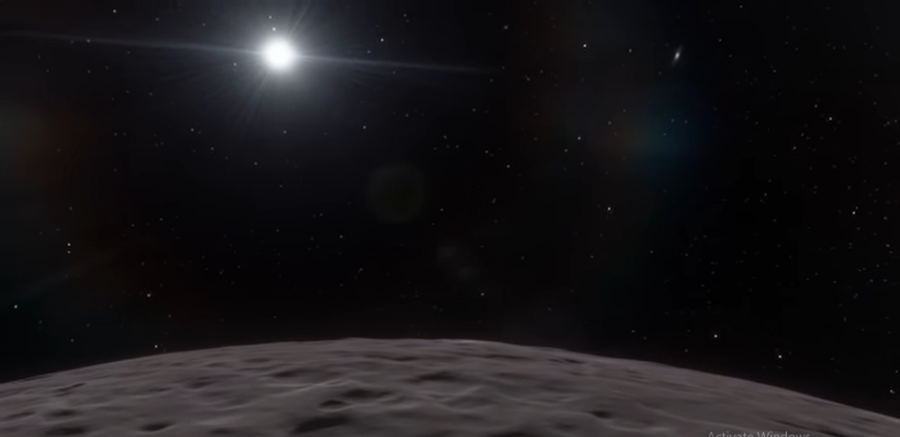
Scientists think that Arial is made up of half water ice and half thick rocks because the sunlight here is still hundreds of times weaker than on Earth. Since there is no atmosphere, the sun appears to be slightly white and the average temperature is roughly - 213 degrees Fahrenheit.
Neptune
We are now on our solar system's subsequent planet. With 4.5 billion kilometers separating them, Neptune is the planet with the greatest distance from the Sun. However, Triton, Neptune's companion, is what has my attention. Scientists believe Triton has a metal core, an ice mantle, a crust made of water ice, and a layer of nitrogen ice covering its surface. There are also krile volcanoes on Triton that spew nitrogen, and its atmosphere is also nitrogen but weaker.
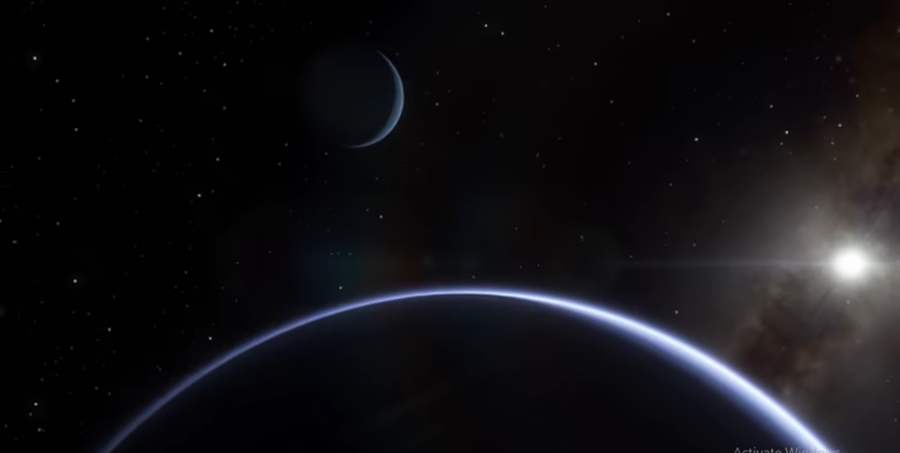
The Sun would appear 30 times smaller than the Earth from the surface of Triton, and the Earth and sunlight would be around 900 times dimmer, similar to many other far-off objects in the solar system, yet it's feasible that light winds exist within it. Trito is still mostly unknown to science, although over the years NASA experts have frequently suggested new concepts for missions that would explore it.
Pluto
The Pluto is 7.3759 billion kilometers away from the sun. Because of its irregular orbit, Pluto can occasionally be found closer to the sun than Neptune. However, this is Pluto's farthest point.

